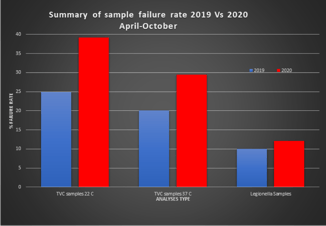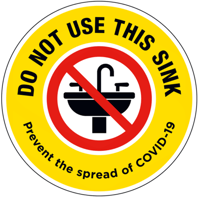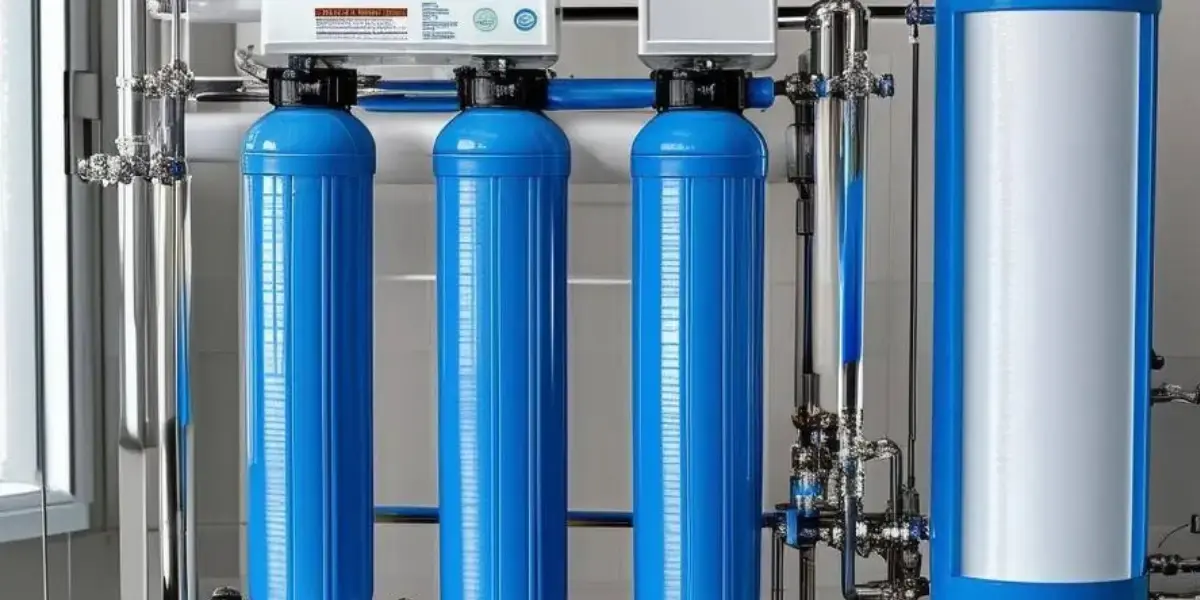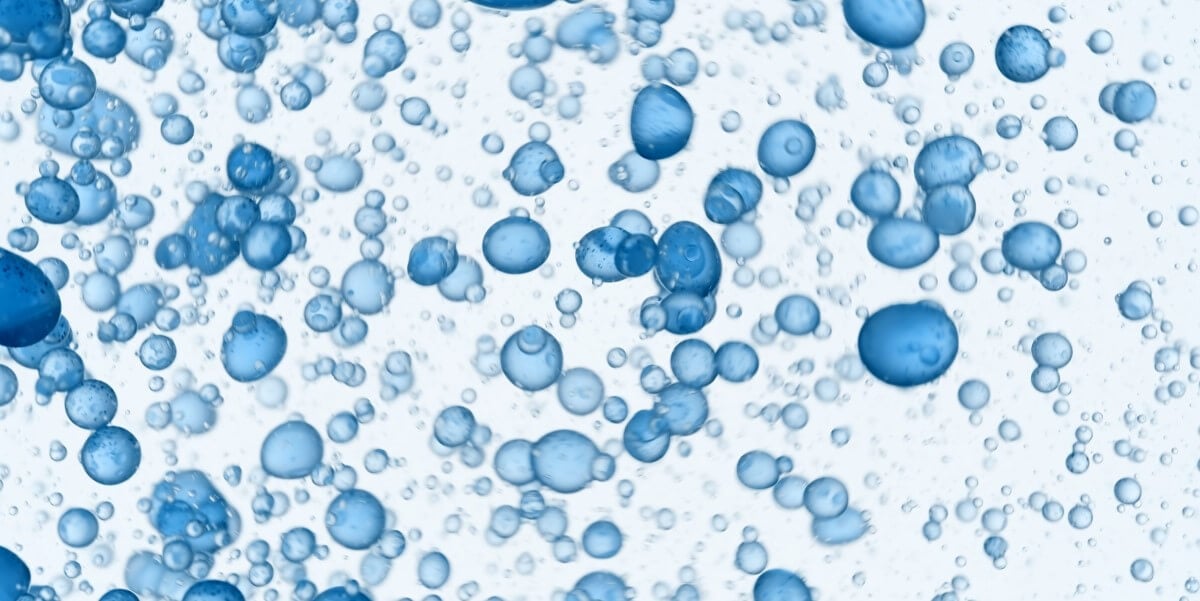England's Covid tier system and considerations on water quality
On behalf of WCS Group, we hope that you and your friends, family and work colleagues continue to be safe and well.
WCS Continue to operate in a safe and controlled manner during the current pandemic as identified "key workers", keeping water, air and asbestos safe and controlled and ensuring buildings and properties are able to prove statutory compliance is being maintained during this time.
As a follow up to our previous posts considering the impacts of the first national lockdown and unlock to control the effects of the pandemic, we then considered the effects of "Lockdown 2:0" and provided further guidance and considerations as a result of data and Information gathered over the last few months.
"Lockdown 2:0" differed significantly from the initial lockdown in that it was for a defined and comparatively short period of time. That posed different questions to those in charge of a building: do we shut down and mothball, or do we continue as we were before…or do we adopt a hybrid approach?
Now we have further details of the new three tier system, which in Tiers 1 and 2 seem to offer more opportunities for leisure and business to operate, within Covid secure guidelines. Tier 3 has significantly higher restrictions in place. Considerations for Tiers 1 and 2 are that leisure, gyms and now sports stadia may open, although with restricted opening hours and the numbers of people in certain facilities, such as sports stadia, may vary depending on the tier that facility is in. “Covid secure” may also reduce the number of people able to use facilities at any one time.
This situation can provide further confusion in good water hygiene management. Is the control regime expected to change with every two week tier review?
WCS Group have already shown that the effect of lockdown is having a negative effect on water quality. A greater than 50% rise in general bacteria levels (TVC) and potentially more concerning, a 20% increase in positive Legionella sample results being returned from independent, UKAS Accredited laboratory testing on a like for like basis is being seen.
We hypothesised that this may have been due to a lack of flushing in some cases, but also the way buildings were flushed in a sequential manner with one person being allocated to the task and not mimicking “normal” usages and flow.

Of course, every building and water system is different but we would strongly advise that during this next period of tiering that the following is considered:
- Is the water risk assessment up to date and does your written scheme take into account of the “new circumstances” of the tiering system?
- Does flushing mimic the normal building use, ensuring all outlets are flushed and flushing from various points in the system at the same time to achieve water velocities in the feed pipework?
- Do we drain linked tanks (if possible) in a safe manner to reduced stored water?
- Do we fit variable height ball valves in tanks to facilitate changing water demand during times of changing occupation?
- Do we change pipework configurations if the building usage is going to be changed substantially or for the longer term?
- Should we consider a form of secondary disinfection to maximise flushing efficacy?
- Are we checking to verify that the flushing regime is being effective with sampling? Remembering that it may be a few days to receive some results and sampling should be done in good time before any reoccupation and any control measures such as flushing should continue whilst the results are awaited and until the building is re-occupied.
We would also like to provide a reminder of other inadvertent poor practices we have seen whilst encouraging social distancing. We have noted sinks and outlets being put out of use to promote good distance between people when washing hands or using facilities such as wash down stations. Unfortunately, in many cases we have observed that those outlets have been left out of use for some time, with no flushing or rotation of the out of use outlets and also without recording the rotation or flushing regimes. This may also be a contributing factor to the marked increase in the sample failure rate.

Of course, as building occupancy is lower, this may extend to larger pieces of core plant, such as calorifiers, cooling towers and hot water generators where the potential risk is much greater. If you are unsure about the water quality in your building, please do not hesitate to contact your WCS Group account manager or contact us at info@wcs-group.co.uk.
Topics: Water Treatment & Hygiene

Written by Jon Greaves
Jon has progressively worked through operational roles, account management, technical management, and senior management roles over the last 16 years within one of the group companies before moving into the role of Water and Air Managing Director. Jon has experience across multiple sectors of water and air compliance, including district energy networks; data centres; healthcare; food and beverage and facilities management. Jon acted as a corresponding steering committee member on CIBSE CP1 – Heat Networks Code of Practice for the UK released in 2020.



